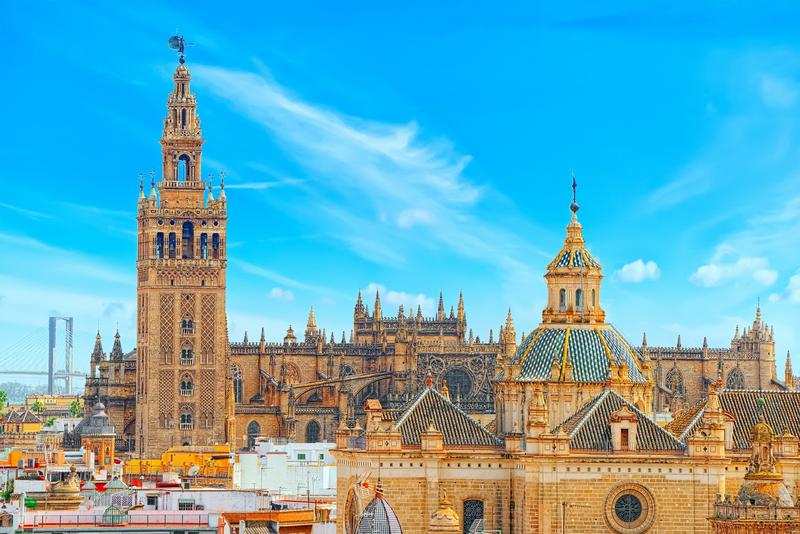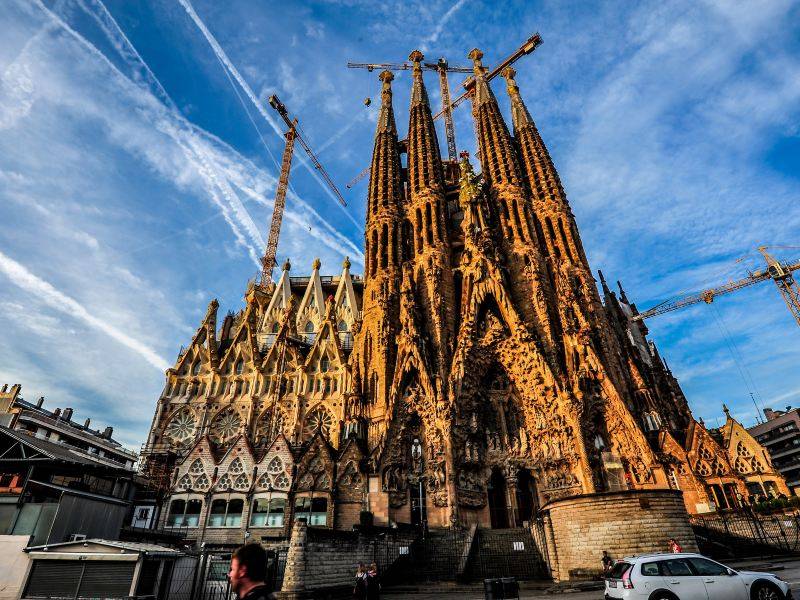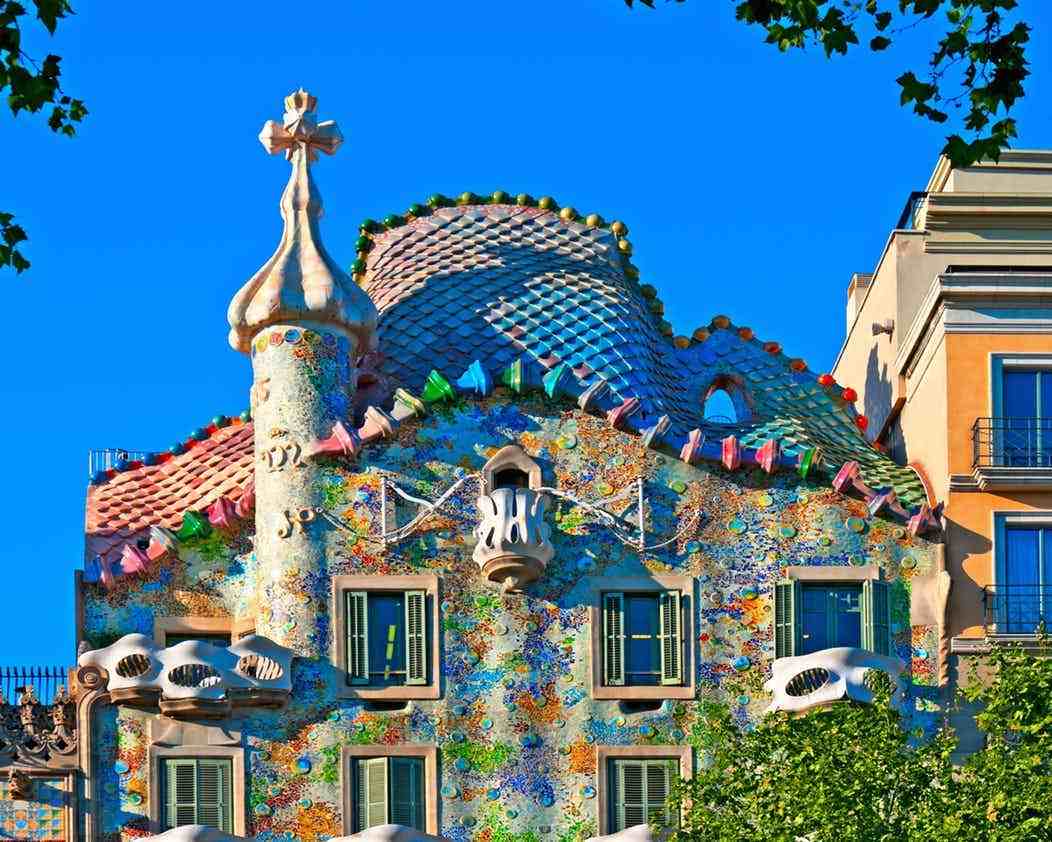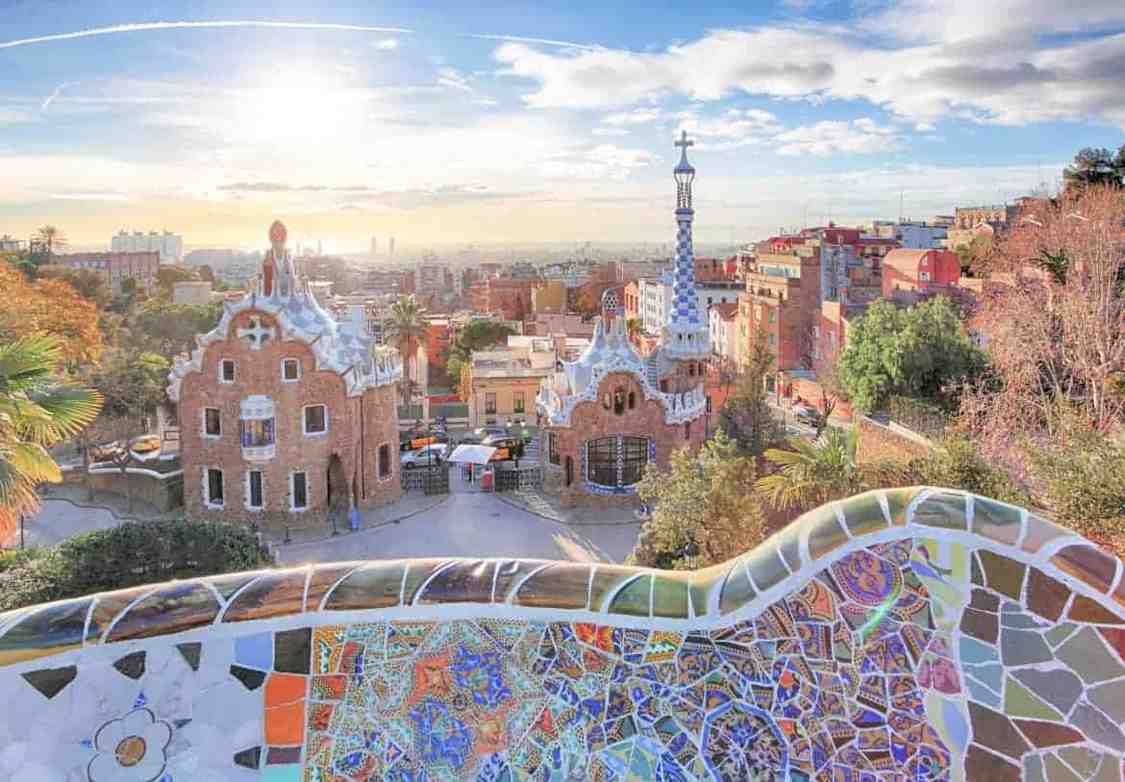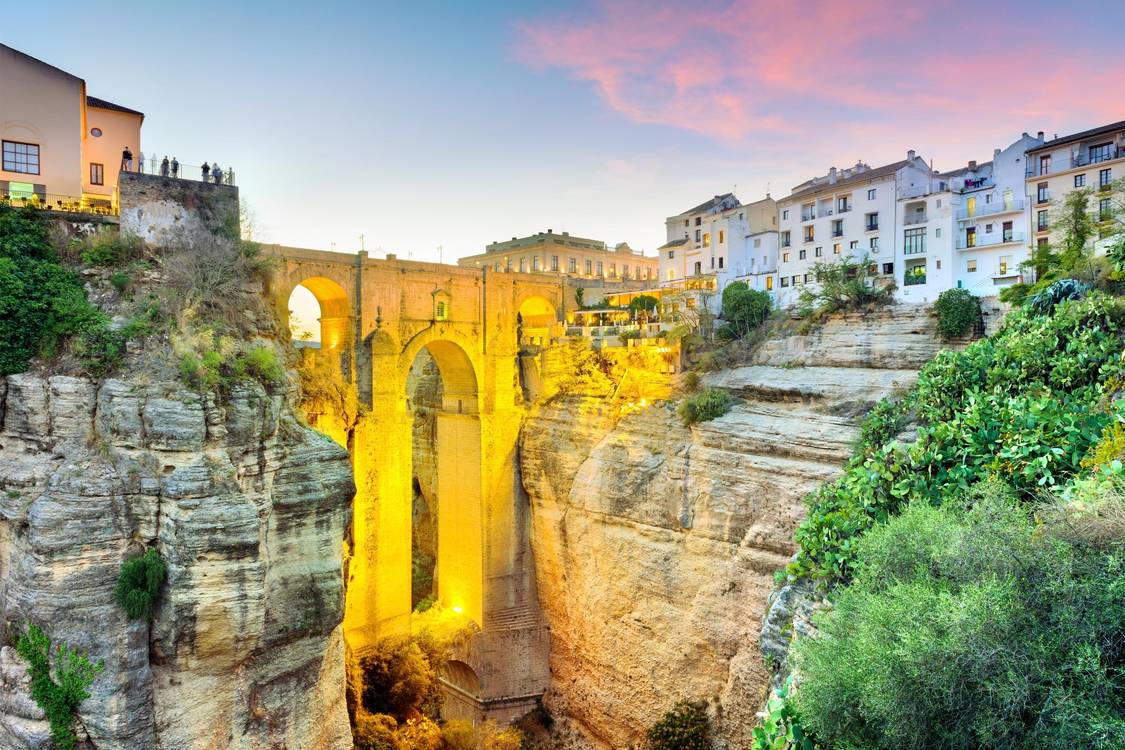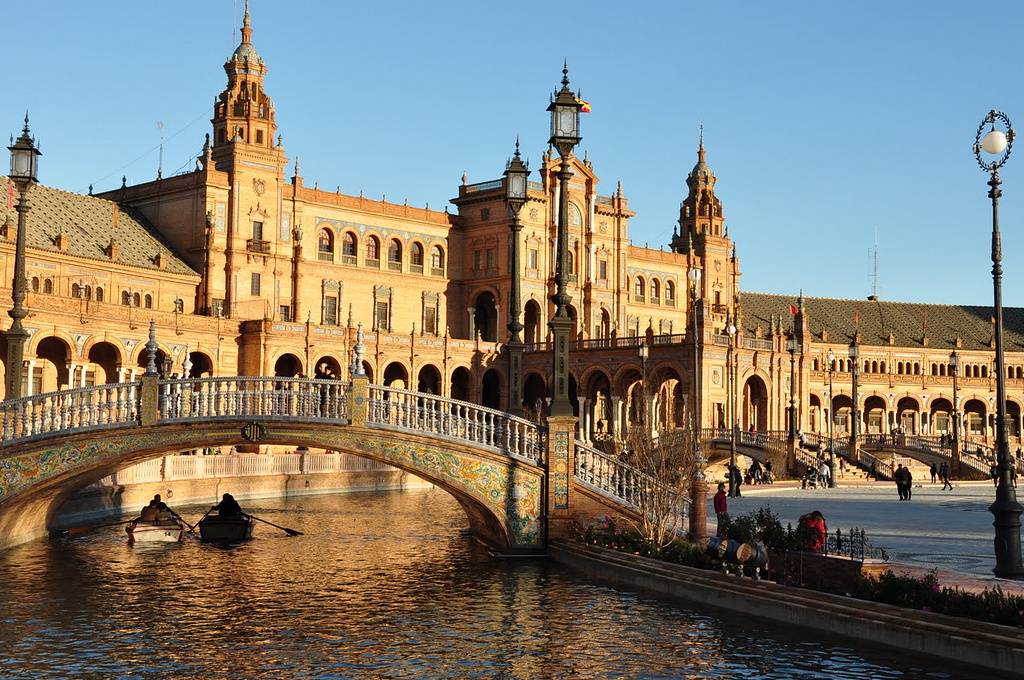Sagrada Família
The Sagrada Família is a famous tourist attraction and landmark in Spain. Construction began in 1882, and in 1883, the architectural genius Antoni Gaudí took over as the chief architect until his death in a car accident in 1926. The Sagrada Família has three grand façades, representing the Nativity, the Passion, and the Glory. Each façade has four supporting towers, which from a distance resemble a gigantic, cavernous anthill. Upon closer inspection, you will see intricate fruit sculptures on the towers.
Casa Batlló
In the heart of Barcelona, there is a building whose exterior far surpasses its interior, known as Casa Batlló. This apartment building was designed by the Spanish architectural genius Gaudí. Its unique and artistic design is considered a representative work of Gaudí's mature period. The entire exterior wall is covered with colorful mosaics, and the roof is uniquely shaped like dragon scales. Casa Batlló seems to have traveled from another world, filled with magical and mysterious colors.
Park Güell
Park Güell is a masterpiece by the Spanish architect Antoni Gaudí, hailed as a gem in the fairy tale kingdom. The park is filled with Gaudí's whimsical ideas, featuring natural elements such as animals, plants, rocks, and caves, all seamlessly integrated into a natural visual feast. Every detail is meticulously crafted, leaving visitors in awe, as if they are inside a work of art. From the heights of the park, the panoramic view of Barcelona is breathtaking, and at dusk, the park is bathed in a dreamy beauty, making it incredibly enchanting.
Seville Cathedral
Seville Cathedral is acclaimed as one of the three great cathedrals in the world, alongside St. Peter's Basilica in Vatican City and St. Paul's Cathedral in London. The bell tower of this landmark building is the best spot to get a panoramic view of the city. If you lack the stamina, you can opt for a horse-drawn carriage ride around the old town, with carriages stationed near the cathedral.
Puente Nuevo
In the town of Ronda, there is an iconic structure called Puente Nuevo. It spans across a steep cliff, connecting one end to the old town of Ronda, offering a breathtaking and magnificent view. The bridge is made of a road paved with stone slabs, which have aged over time, becoming dark and shiny like black onyx. Standing on the bridge, you can gaze at the surrounding Ronda mountains, enjoying a visual feast of unparalleled beauty.
Plaza de España
Plaza de España in Seville is located within Maria Luisa Park, offering a serene and pleasant atmosphere. Once the government headquarters, this area was transformed into the new Plaza de España during the 1929 Seville Expo. The mosaic alcove paintings along the colonnade vividly depict the historical scenes of 58 different regions of Spain, sparking curiosity and interest. In summary, Plaza de España is a treasure trove for exploring Seville's history and culture, as well as an excellent place to relax and enjoy nature.
